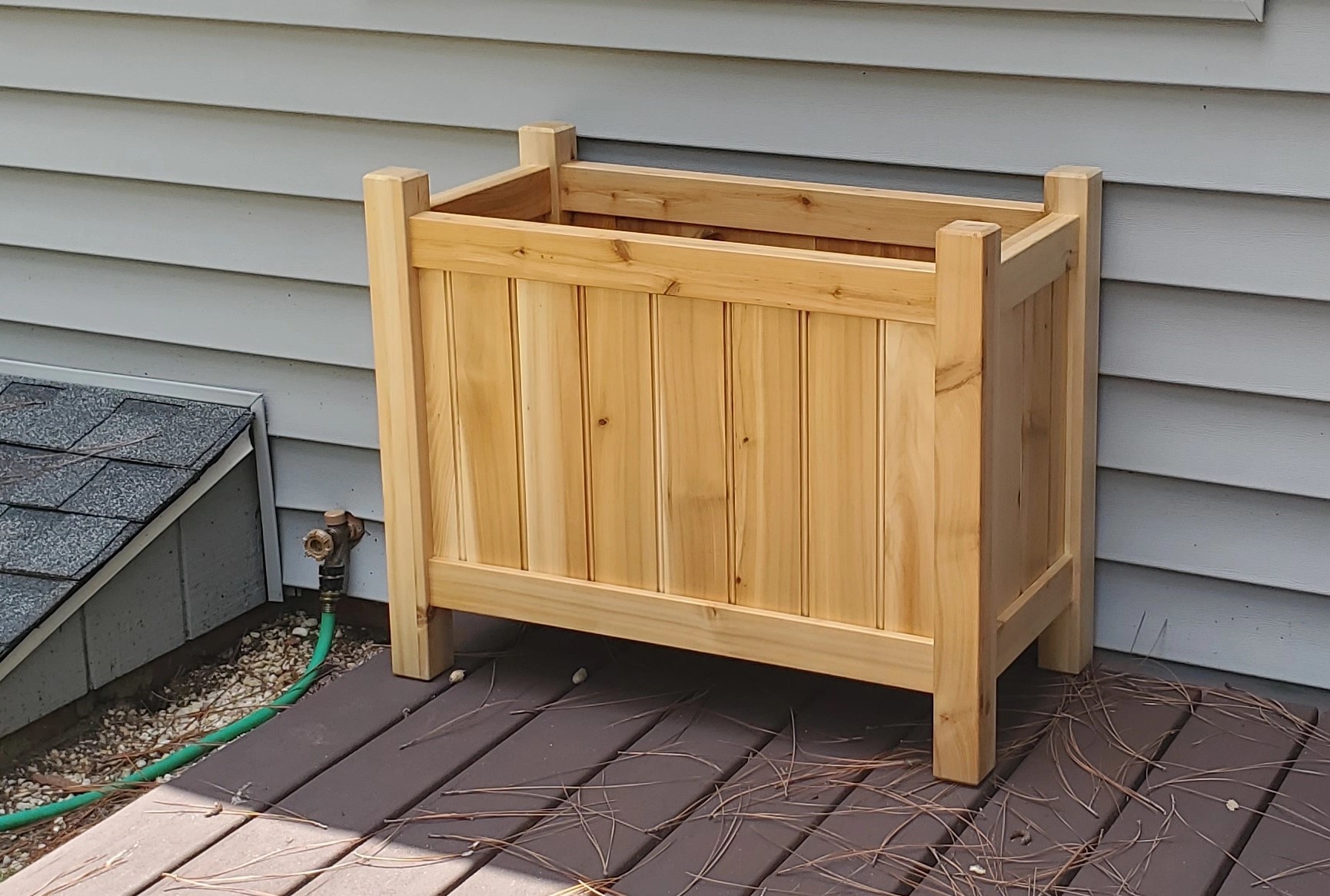A few weeks ago I posted here asking about buying a first hand plane and if it was worth dropping ~$400 on a Lie-Nielsen one.
After all of your comments about getting an old Stanley I kept an eye on Craigslist, Ebay, and FB Marketplace for a little bit and ended up finding someone selling a collection of pre-WWII Stanley planes about an hour north of me. Including, specifically, a 4-1/2 and a 5-1/2 which was exactly what I wanted.
Knowing that the 1/2 sizes were less common than the round numbers and since the guy was local I jumped on it and ended up buying both for $40/each. The linked to album is the before and after of the 5-1/2 after cleaning it up. It’s all tuned up and works beautifully. All in, I’m at $80 for two planes, $15 for cleaning materials, and $35 for a whetstone sharpening kit; way cheaper than a new Lie-Nielsen and I got two planes! Thanks everyone!


Yes, I’ve looked at them and seen some very good ones in action. I’ve yet to see one that will pass OHSA rules without PPE. My bandsaw set-up gets close enough that I wear a mask only during a cutting session and few minutes after. Mitre saw and circular saw go to my outdoor workstation and I still wear a mask.
OHSA compliant dust collection is possible, but not in my budget.
I’ll admit that’s a much higher standard than what I had in mind lol
Ha! Fair enough. I really don’t have a good idea what the real risk is for a reasonably cautious hobbyist. For me, it was trying to address the dust hazard that made me realize just what a pain dust has been for me. The shop is so much easier to keep clean. My bright finishes come out so much better. It’s just all over nicer.
(Wall of text warning!)
When I decided to turn occasionally working with wood, mostly outside, into more of a regular activity in my retirement that would be mostly inside I did a bit of research and concluded that dust was the probably the biggest unaddressed hazard in most hobby shops. We all know to not stick our fingers into the blades and to not breathe the fumes from most finishes, but dust is generally treated as an annoyance rather than a hazard.
So, when I was building my shop, I put dust control at the top of my list. It quickly became clear that I couldn’t afford to handle dust the way I wanted and still have tools and equipment and lumber, so I figured out how to work around the problem. That’s when I decided to go with a shopvac with a HEPA filter and a cyclonic add-on and to build an outdoor workstation for the worst of the power equipment.
Those cyclonic add-ons to a shopvac are an amazing convenience. If you have a HEPA filter, opening up the intake to the shop air after finishing with the tool and directing the vac output out to the room for good circulation will clear virtually all remaining hanging dust in just a few minutes. If you have the space and a bit of spare cash, a box fan running in an enclosure of good furnace filters mostly takes care of hanging dust as you’re working. Those techniques might not meet OHSA, but it’ll be darn close, especially given you’re probably not producing dust 40 hours a week, 50 weeks a year. Slap on a decent mask for a few minutes and that will get you to OHSA, so that’s what I do.
As I said up top, I don’t actually know that dust collection needs to get OHSA levels to manage the risk associated with a hobby shop, but it’s the route I took. Not knowing means I also don’t criticize the choices others make. I’m just happy to see that most people are creating much safer environments by doing something more than opening a window, even if they’re doing it for reasons of convenience, not safety.